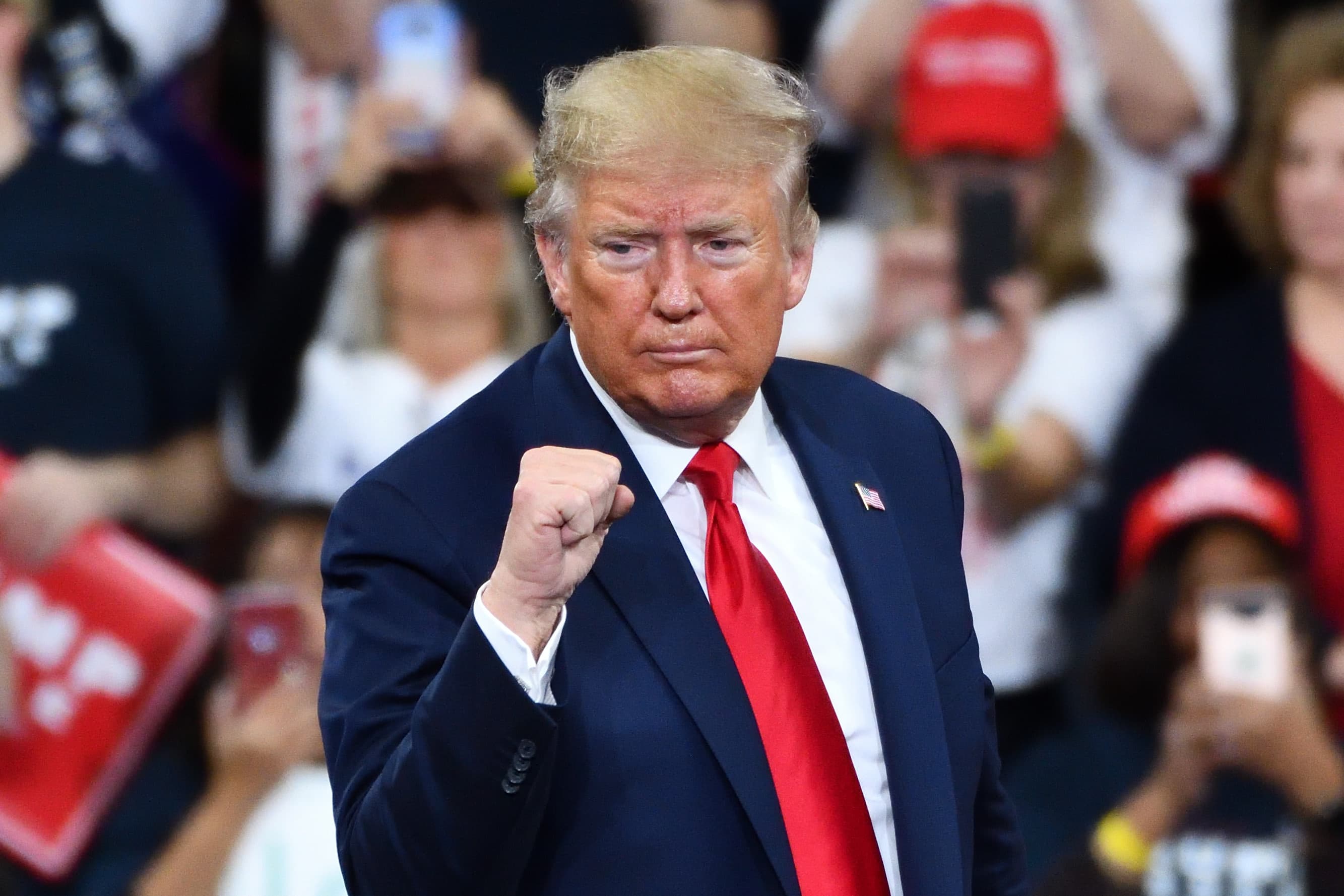
Social Media Analysis of the Reaction to the Assassination Attempt on Trump
Recent years have seen heightened concerns over misinformation and disinformation in media consumption and its impacts on public opinion. In the immediate aftermath of the assassination attempt on former President Donald Trump, Americans largely turned to social media to post objective details of the event, with the most prevalent narrative relating to expressions of support and solidarity. Drawing from a random sample of 5,144 X and Telegram posts, this analysis reveals the dominant narratives, the reach of different types of posts, and the overall public sentiment.
Social Media Posts Objectively Covering the Attempt
45.75% of social media posts noted the event, but did not allude to further commentary such as conspiracies, Secret Service failures, Democratic rhetoric inspiring the event, or any other potential narratives. In addition, posts that discussed the assassination attempt had a higher average number of followers per post: 530,312. This exceeded the next highest narrative’s highest average number of followers per post by 200,000 followers. This high average follower count indicates that large follower accounts belonging to news organizations and significant influencers probably initially objectively reported on the event, with those accounts’ followers then reposting the story.
Support for Trump
Despite the pervasive concerns about misinformation in the media, the most prevalent narrative following the assassination attempt on Trump was one of emotional support. Posts expressing solidarity, prayers, and encouragement for Trump accounted for 17.15% of posts discussing the assassination attempt. These posts primarily came from average individuals rather than major news corporations or significant influencers, as indicated by the fact that they reached only 10.15% of the dataset’s total potential followers. This disparity suggests a grassroots level of support that was widespread but lacked the amplification typically provided by high-follower accounts.
Accusations Against Democratic Rhetoric
A smaller but notable portion of the posts (4.53%) accused Democrat’s for espousing rhetoric that instigated the attempt on Trump. Similar to the support posts, these accusations reached a disproportionately smaller audience (1.06% of potential followers), reflecting their spread primarily among lower-follower accounts. This suggests that while the narrative of blaming Democrats was present, it did not gain significant traction in terms of reach and influence.
Conspiracy Theories
Conspiracy theories surrounding the assassination attempt constituted 3.39% of the analyzed posts. Interestingly, these posts had a higher reach (3.63% of potential followers) compared to posts accusing Democratic rhetoric of instigating the assassination attempt. Specific conspiracy theories included accusations that the Chinese were behind the attempt and claims that the shooter was an ANTIFA member. Both of these conspiracies were shared by accounts with low follower counts, making up 0.37% and 0.21% of all posts, respectively.
Gratitude to Law Enforcement vs. Criticism of the Secret Service
The reaction to law enforcement and the Secret Service was mixed. Posts expressing gratitude to law enforcement accounted for 3.35% of the dataset, while posts criticizing the Secret Service for failing to prevent the assassination attempt made up 3.07%. Gratitude posts reached a larger audience (3.07%) compared to criticism posts (0.27%), indicating that positive reactions towards law enforcement were more widely disseminated.
Democratic Condemnation of Violence and Gun Control Debate
Democratic efforts to condemn the violence were largely ineffective on social media. Such posts comprised only 1.42% of the dataset and reached a mere 0.43% of the potential audience. Similarly, posts tying the assassination attempt to the gun control debate in the upcoming election accounted for only 0.88% of the posts and reached just 0.01% of the audience. These findings suggest that these narratives did not resonate widely or significantly impact public discourse.
Conclusion
The social media analysis following the assassination attempt on Trump highlights the complexity of public reactions in the digital age. Despite the overarching concerns about misinformation, the primary response was one of emotional support for Trump, driven by grassroots social media activity. This study underscores the varied influence of different narratives and the importance of understanding the dynamics of social media reactions in the context of significant political events.
Methodology
PeakMetrics conducted a comprehensive analysis by randomly sampling 5,144 X and Telegram posts related to the assassination attempt on Trump. The analysis included calculating the total count, percent of posts, total user follower count, and average user follower count for each narrative. This approach allowed for a detailed understanding of the narratives that emerged and their influence on social media platforms. The data was collected from X and Telegram posts made between 1800 EST on July 13 and 0100 EST on July 14.
Request a free report
Uncover emerging narratives around your brand, industry, and competition.
Sign up for our newsletter
Get the latest updates and publishings from the PeakMetrics investigations team.